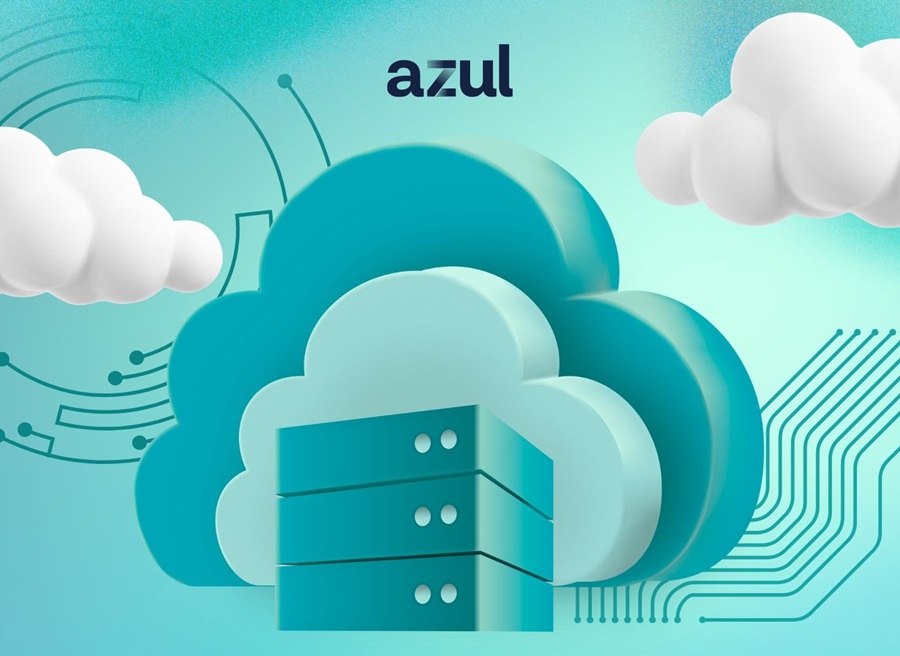Any forward-looking enterprise has already moved or plans to move to the cloud. Already, 93% of enterprises worldwide have implemented a multi-cloud strategy. The cloud services sector's growing market value points to a growing, permanent trend. According to IDC, cloud revenues have already reached $233.4 billion, an impressive 26% year over year increase.
With the COVID-19 pandemic causing economic disruptions all over the world, business organizations are further pressed to accelerate their migration to the cloud. As recovery begins and enterprises resume operations, experts expect to see increased spending on cloud services — 59% of organizations already anticipate their cloud spend to go beyond prior plans.
However, even with such a spike in spend, 91% of SaaS business leaders say they are either "highly confident" or "confident" that their cloud applications perform efficiently, according to a recent poll by my team at Opsani. This means top business executives are getting the most value from the cloud investments for the lowest cost.
But are SaaS companies really getting great value from their cloud usage? This is highly unlikely, as the Opsani survey unearthed challenges and processes that stop businesses from optimizing their cloud use.
The Problem With the Great Cloud Rush
With cloud computing becoming more and more ubiquitous, modern enterprises rapidly launched their respective container adoption initiatives to keep pace. Cloud containers allow SaaS enterprises to accelerate the delivery of new features into production: daily, instead of quarterly.
Opsani's poll revealed that 95% of respondents now either use containers for mainstream application deployment or plan to do so. However, the reality is that in their operations they resort to over-provisioning resources to ensure their apps run effectively and optimally.
Resources in the cloud cost money. When you're overprovisioning, you end up with a pile of unconsumed resources, and it's going to cost your organization. Between overprovisioned and idle resources, enterprises already lost a total of $17.6 billion in wasted cloud spend this year alone. However, getting cloud applications to run effectively without over provisioning is difficult without specialized tools.
Cloud Optimization is Imperative
Cloud optimization has become an essential factor for enterprises relying heavily on the cloud. Apps and their environments must be optimized continuously to eliminate cost creep from overprovisioning, unforeseen deployments, and mismanaged scaling. Both the apps and their cloud infrastructure must run using ideal configurations to ensure optimal performance at the lowest cost possible. However, cloud optimization has evolved into a complex process that is beyond human capability.
Take Google Online Boutique, for instance. Users see it as an e-commerce tool that lets them view items, put them in a cart, and buy them. In the background, it is a 10-tier microservices application with a backend database. Achieving optimal performance for the app means finding and implementing the best, most ideal configuration out of as many as 75 quintillion configuration permutations. To understand its massive scale, there are fewer than 8 quintillion grains of sand on earth. No human mind can ever process that many combinations and truly determine the best configuration in an instant.
Adding to this complexity is the frequency of software updates. In the survey, respondents were asked how often their organizations released new code. 14.6% said hourly sprints; 43%indicated daily updates ,and 37%released new software weekly.
Given the complexity of cloud apps, even those 91% who said they were confident of their apps' performance likely still have significant performance improvements and costs savings to realize if their software is being pushed into production this quickly. When asked how often their organizations optimized their application stack, 82% responded "regularly," and 13% said ‘only in emergencies.'
The frequency of software updates also presents another layer of challenge and complexity for any cloud optimization effort. When asked how frequently they roll out new patches, fixes, and codes, 43% of the Opsani survey answered "Daily," while 37% reported releasing new software "Weekly." 14.6% indicated "Hourly." Even if they are being pushed to deliver updates at this furious pace, 82% said they optimize their application stack on a "regular" basis.
Cloud Optimization Must Be AI-Powered
As cloud optimization is far too complex for human ability, manual tuning of cloud stacks and environments is clearly out of the equation. Cloud optimization has to be automated. Also,it has to be powered by AI.
The good news is that, as the Opsani survey revealed, top business executives demonstrated an awareness that artificial intelligence and machine learning technologies are now mainstream. They know that automation will substantially cut their costs and increase their efficiency.
81% said their organizations have now deployed AI tools to facilitate and accelerate decision-making; 15% reported lacking AI capability but have plans of acquiring them in the near future. AI, once a niche technology, has cemented its place in the modern business world, particularly in the cloud optimization area. As enterprises integrate AI tools into their processes, people will find themselves free from repetitive, mundane tasks, enabling them to focus on other, creative value-added jobs.
The poll results were eye-opening in that these leaders realized the importance of optimization, but didn't realize the complexity required to do it right. This is why we're seeing more companies rely on AI tools to place people in positions where they can continue to innovate and add value to the organization. AI takes on the difficult and mundane jobs of optimizing the infrastructure, which lets staff work more efficiently to outsmart competitors with ideas, and outlast them with resources.


